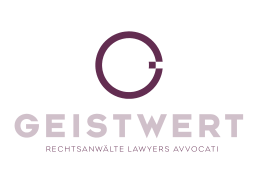Utility Model
The (Austrian) utility model law – as the “little brother of patent law” – is a property right granted by the government for a technical invention. The utility model is – unlike a patent – granted by the Patent Office without a substantive examination through registration. The utility model law can also only be extended for a shorter period of time, namely generally “only” up to ten years through (steadily increasing) fee payments. In order for an invention to be protected by a utility model, it must be in particular (a) new, (b) compared with the state of the art, it is not obvious to an expert in the field, and (c) capable of industrial application. The Austrian Patent Office does, however, research the state of the art and informs the applicant thereof, but it does not examine it substantively – the Patent Office only examines whether the formal requirements have been met, which has the advantage of faster registration, but the disadvantage of possible invalidity despite registration. Unlike patents, utility models may also protect the programme logic on which programs for data processing devices are based; further, methods for the treatment of animals are not principally excluded from protection.
Utility models are generally granted nationally, and accordingly are subject to the legal provisions of the respective state; in Austria, these are, essentially, the Austrian Utility Model Act with numerous references to the Patent Act.
Like the patent, the utility model grants its holder a monopoly, thus, the right to prohibit others from using the invention. It allows the rights holder to prohibit others from, inter alia, manufacturing the object of invention industrially, putting it into circulation, supplying, using or introducing or possessing for these purposes.
In case of breach, the holder of rights may demand, in particular, the cessation of the infringing use, the removal of infringing goods or tools, reasonable compensation or in the case of negligence, damages, each including financial statements, publication of the judgement and information about the origin and distribution channel. The cessation, but also the preserving of evidence (“house search under civil law”) or the ability to pay (“freezing of assets”) can be enforced through a preliminary injunction. An intentional utility model infringement is also a criminal offence.
Posts
Publications
Virtual Reality: From your Home to Everywhere
New limits for license agreements
PLC Cross-Border IP in Business Transaktions Handbook 2012/2013
